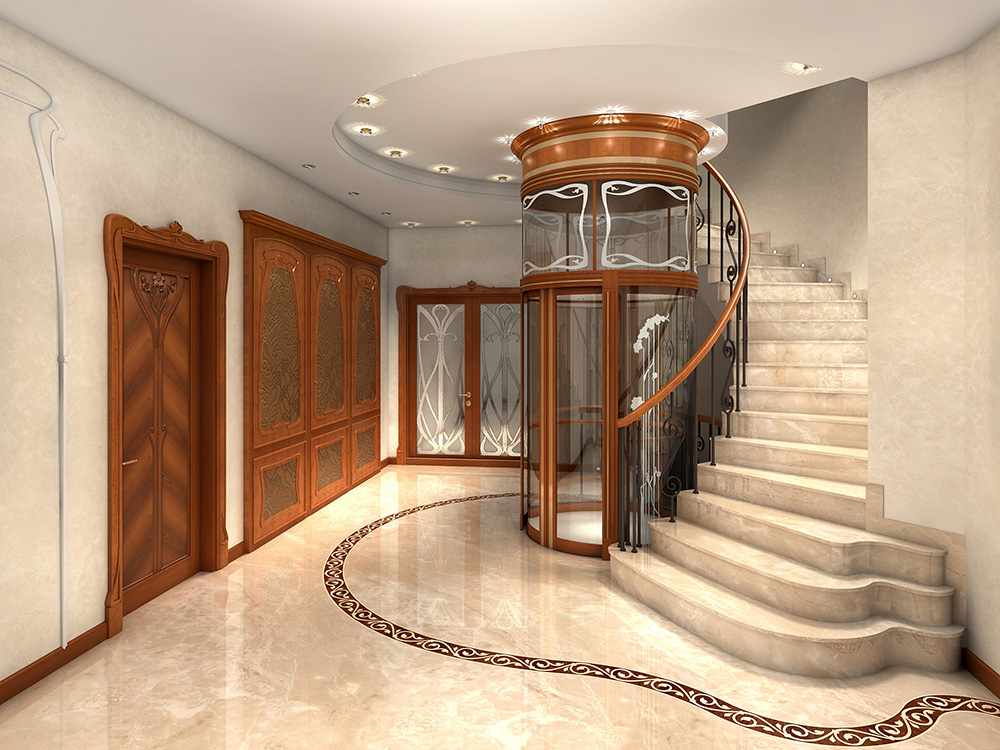|
Like many architectural styles, Art Deco evolved from many sources. And, like many architectural styles, while its influence went beyond buildings it also inspired architecture in most American cities.
With some of the first designs coming from the Bauhaus School in Germany, Art Deco drew from the patterns and icons taken from the Far East, ancient Greece and Rome, Africa, India, and even the Mayan and Aztec cultures,according to About.com . But it was at least partially inspired and drew heavily from artifacts discovered in King Tut's tomb, per Frontdoor.com, and many art deco buildings thus feature the repeating designs and vivid color common in Egyptian artwork. Although it draws from ancient times, Art Deco is a blend of old and new. The style combines swirling circular and rectangular motifs often arranged in geometric patterns, and then broken up by ornamental elements, featuring high-gloss finishes, mirrors, and glass. Art Deco is very practical with its monolithic appearance, but finished off with decorated motifs, appendages and fanciful touches to make it appear fashionable and trendy. Art Deco was a short-lived movement that was all the rage during the 1920s and 1930s before it faded in the 1940s. It still had a lasting impact, and you have no doubt seen an Art Deco building. The style was more common in commercial and apartment buildings than residential buildings. You will still find many Art Deco buildings in major cities, such as Chicago, Los Angeles and New York. The Chrysler Building and the Empire State Building are two classic examples of Art Deco architecture. The style enjoyed resurgence in Miami’s South Beach during the 1980s. Here are some common elements: · Flat roofs. It’s common that flat roofs are accentuated by parapets, spires, and towers to accentuate rounded corners or entrances. · Smooth walls. A distinguishing characteristic for Art Deco residential buildings is smooth walls made of stucco with rounded corners. · Exterior materials. Commercial buildings have emboldened decorations and motifs, with materials for smooth surfaces in stucco, concrete, smooth-faced stone and Terracota. Steel and aluminum are also used for ornamental treatments. · Interior materials. Art Deco designers commonly use glass, mirrors, opaque glass block, neon and chrome.
0 Comments
Leave a Reply. |
Categories
All
Archives
June 2016
|
|
Contact Kirsten to get started today.
(310) 756-3524 [email protected] #DRE 01450452 Ask her about her newsletter to get current South Bay Market information and real estate news right to your inbox... no spammy ones, promise! |
|
Copyright © 2021 Kirsten Cole. All rights reserved.



 RSS Feed
RSS Feed
